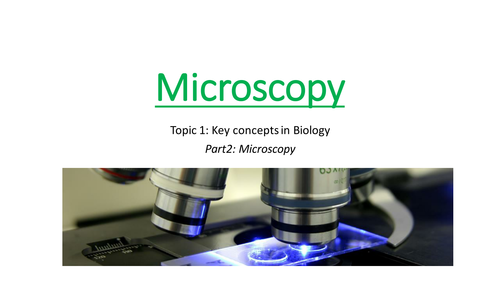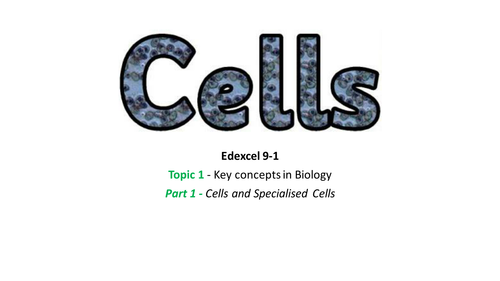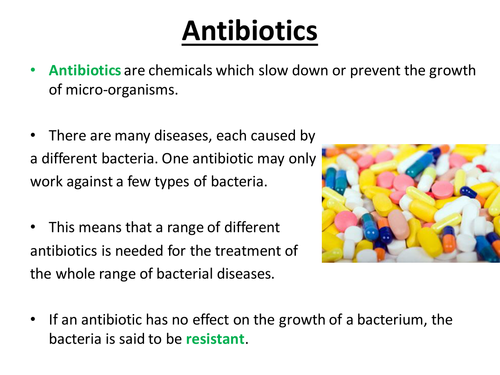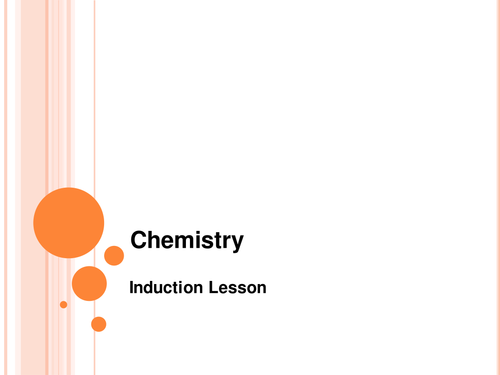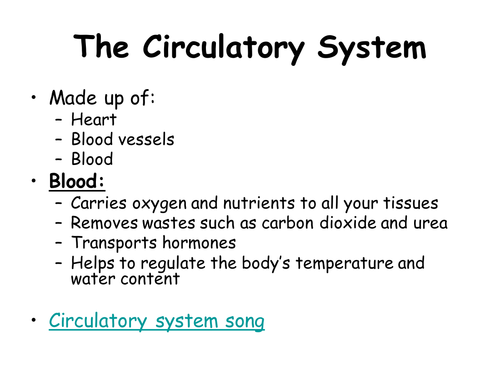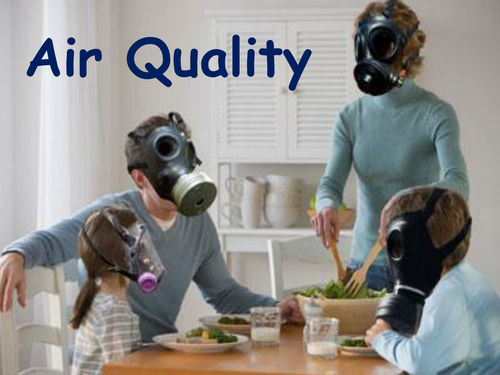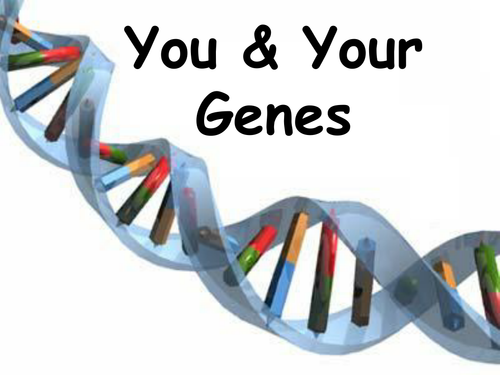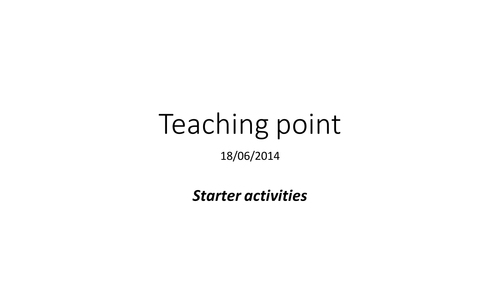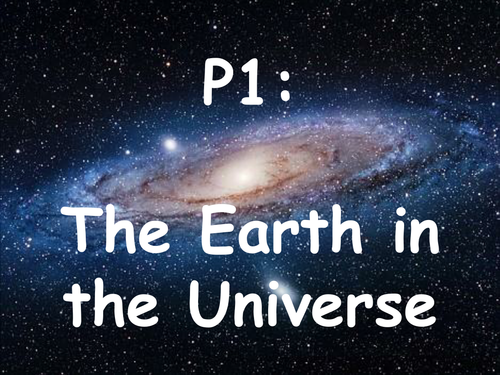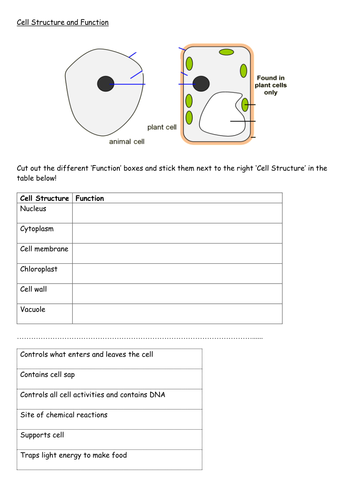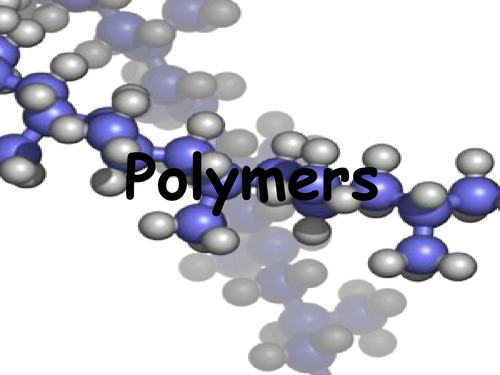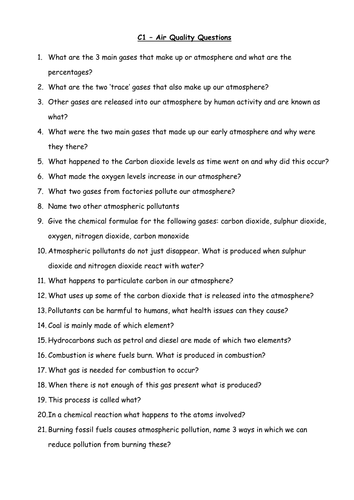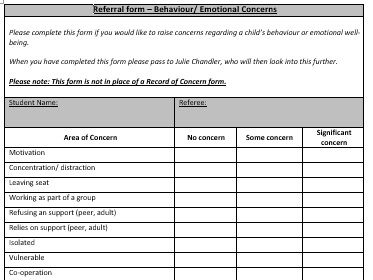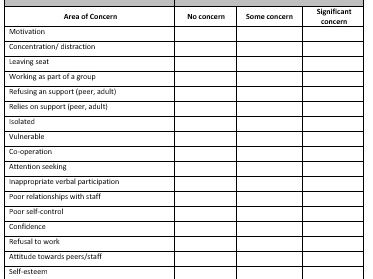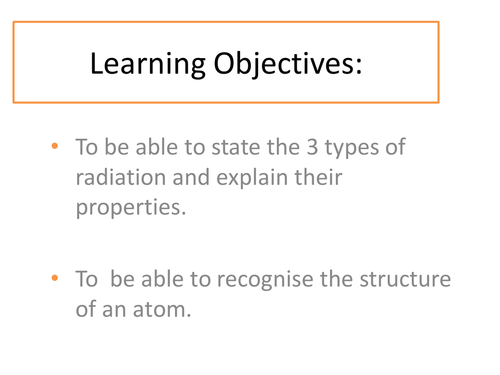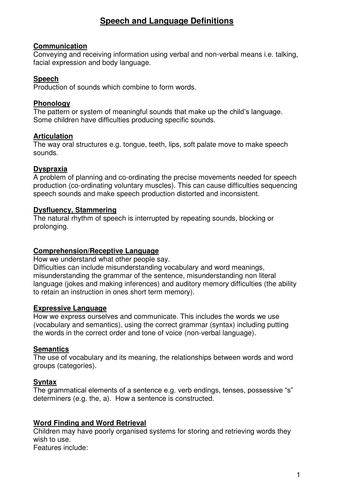
91Uploads
54k+Views
3k+Downloads
All resources

Microscopy (Edexcel GCSE Biology 9-1)
Powerpoint presentation including assessment materials, notes, videos and practical activities.

Cells and Specialised Cells (Edexcel GCSE Biology 9-1)
Powerpoint including assessment activities, notes and videos for Part 1 - cells and specialised cells of Topic 1 - Key concepts in Biology

Induction lesson - chemistry, analytical techniques
This is a powerpoint used as a taster lesson for applied science and chemistry courses at a-level.

Carrying out a suitability test - thermometer.
Includes an experiment brief and assessment criteria. Based on old applied science GCSE, can be used to support students with their experiment write up skills.
Write up sections:
Title page
Contents page
Introduction
Desirable properties
Risk assessment
Procedure
Results
Evaluation
Conclusion
Bibliography

Circulatory System
explain what is meant by a double circulatory system
2. understand that the blood carries glucose molecules and oxygen to the muscles, and waste products such as carbon dioxide away from muscles
3. relate the components of the blood to their functions, including:
a. red blood cells – transport oxygen
b. white blood cells – fighting infections
c. platelets – blood clotting at injury sites
d. plasma – transporting nutrients (e.g. glucose and amino acids), antibodies, hormones and waste (carbon dioxide and urea)
4. understand how red blood cells are adapted to their function, limited to:
a. packed with haemoglobin (to bind oxygen)
b. no nucleus (more space for haemoglobin)
c. biconcave shape (increased surface area for oxygen exchange)
5. describe and name the main structures and blood vessels of the heart including the left and right atria and ventricles, vena cava, aorta, pulmonary vein, pulmonary artery, coronary arteries and valves
6. describe the function of valves in the heart and veins
7. understand how tissue fluid is formed in capillary beds and that it assists the exchange of chemicals by diffusion between capillaries and tissues, to include oxygen, carbon dioxide, glucose and urea.

Air Quality and Pollution
Which chemical make up air, and which ones are pollutants? How do I make sense of data about air pollutants?
What chemical reactions produce air pollutants? What happens to these pollutants in the atmosphere?
What choices can we make personally, locally, nationally or globally to improve air quality?

Genes and Cloning revision
What are genes and how do they affect the way that organisms develop?
Why can people look like their parents, brothers and sisters, but not be identical to them?
How can and should genetic information be used? How can we use our knowledge of genes to prevent disease?
How is a clone made?

The Earth in the Universe
PowerPoint with lessons planned out to cover P1 (OCR) can be adapted and used with KS3 and other exam boards and new spec.

Coursework graph drawing and results analysis
Coursework graph drawing and results analysis - linked to assessment criteria

Cell Structure and Function Starter - Year 7
Cell Structure and Function Starter - Made for year 7 but can be used with any KS3

Air pollution revision questions with answers
Air pollution revision questions with answers - 21 questions
Bundle

Feedback forms (staff)
Ideal to use together information on students for meetings with parents. Staff are also able to complete to report concerns on a student to the SENCO/HOY/DoL/AH
Bundle

SENCO Toolkit
Includes:
Assess, Plan, Do, Review Cycle
Focused feedback forms x 3
Intervention tiers
Pupil Passports template
Student support booklet template
Learning Walk proforma
Student observation sheet

